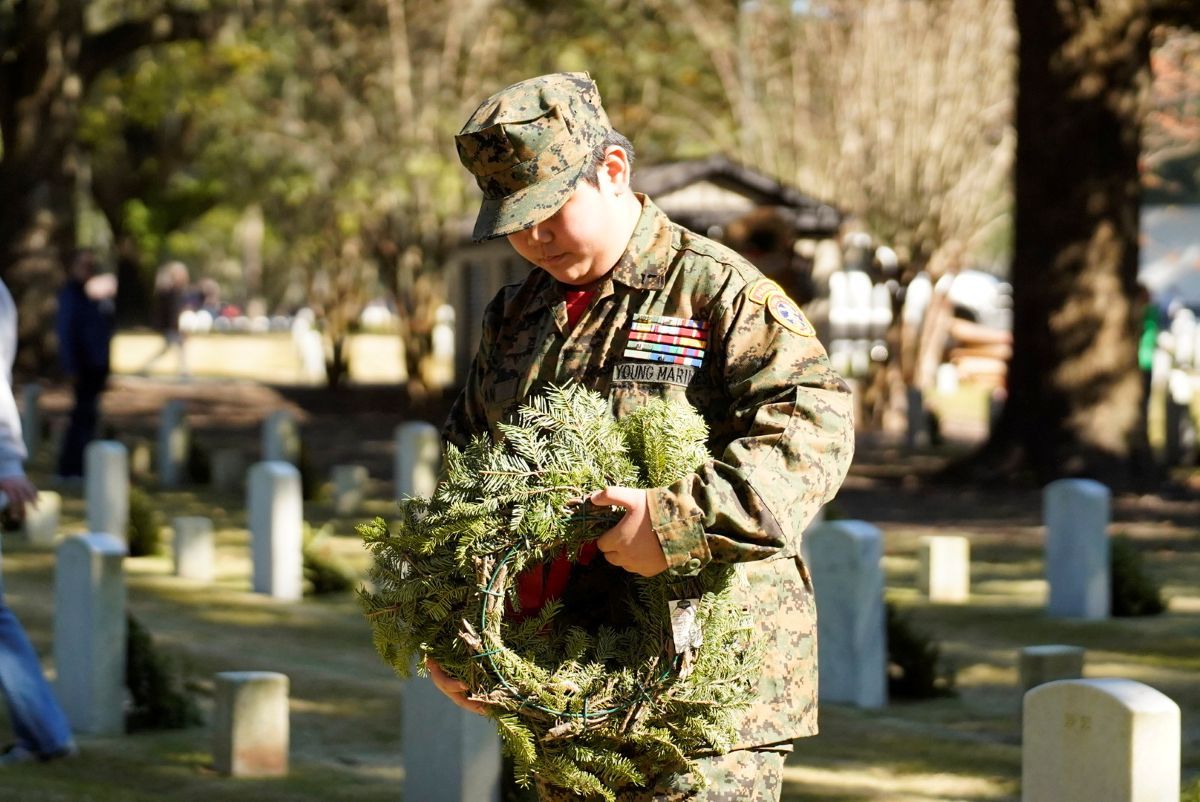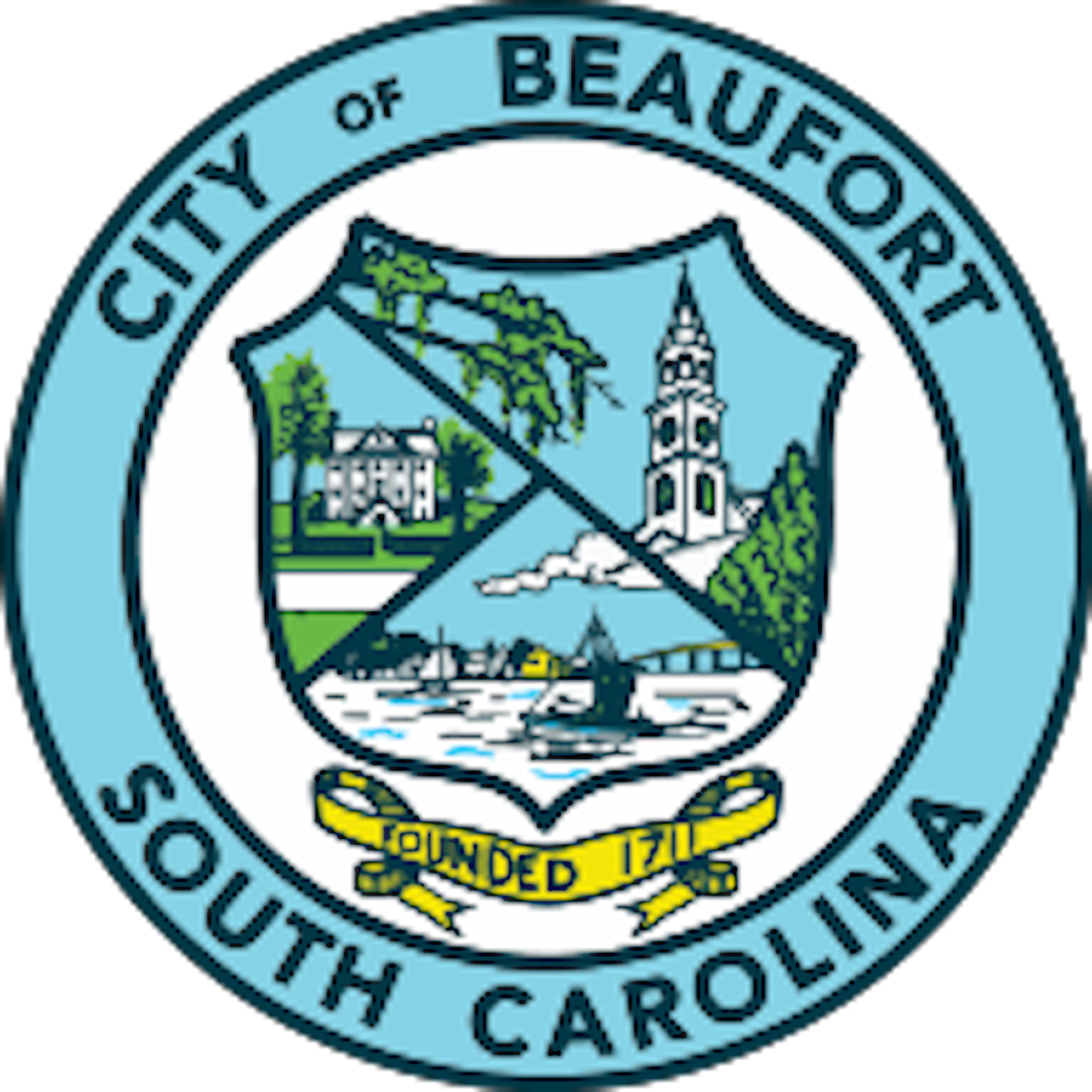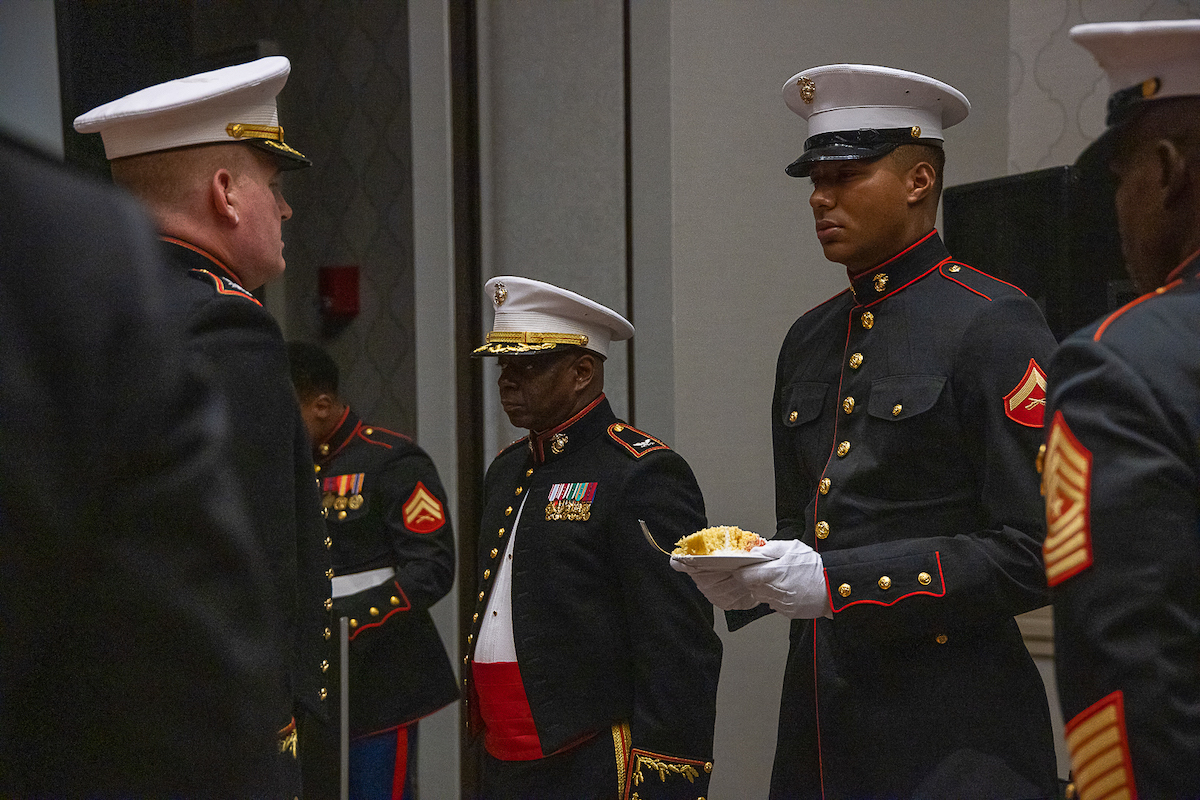By Scott Graber & Lolita Huckaby
The Island News
Earlier this month, Beaufort County voters helped elect a new president, returned every local incumbent on the ballot to office and rejected, by a 55-45 percent margin, a proposal to implement a one percent sales tax for “transportation” improvements.
Foremost in that proposal was the U.S. 278 Corridor Improvement project with a proposed allocation of $90 million, a figure that would add to the $80 million for the bridge replacement project in the 2018 sales tax referendum which was adopted by a 57 percent vote.
The majority of the electorate said “no” this month, many responding to the battle cry from the Beaufort Tea Party that they didn’t “trust” the County Council to do what they promised.
This certainly wasn’t the first time voters said no to a tax for road improvements. As far back as 1917, according to historians Larry Rowland and Steve Wise’s wonderful tome, “The History of Beaufort County,” a proposed bond referendum to raise $150,000 for a projected $230,000 “road improvement project” failed by 89.7 percent of the votes cast.
The authors wrote in their Vol. 3 of the history: “Taxpaying voters obviously saw no need for the so-called good roads that the progressives promoted.”

This most recent rejection by voters does nothing for the structurally deficient (according to S.C. Department of Transportation) part of U.S. 278 which crosses MacKay Creek and connects Hilton Head Island, the cash cow of Beaufort County, to the mainland.
Last week, County Council members began to discuss “what next” after representatives of State Infrastructure Bank said they may not hold the $120 million designated for their part of the U.S. 278 corridor improvement.
One of the scenarios is to turn the problem of a structurally deficient bridge back to its owners, the S.C. Department of Transportation. A “quick-fix” solution might be, county engineers speculated, a three- to six-year repair schedule with lanes reduced while the work takes place.
A look at the Nov. 5 election results on the sales tax question shows where the support for road improvements came from – southern Beaufort County, specifically those growing communities of Sun City, with its 10,500 planned homes, Moss Creek, Rose Hill, etc., areas where motorists are getting tired of traffic snarls that the motorists from the northern part of the county and beyond have had to tolerate for years, as they traveled across the Broad River to take jobs in the HHI resorts.
Across the county line, in Jasper County, which is experiencing its share of rapid growth thanks largely to the annexation efforts of Hardeeville, 55 to 45 percent of their voters supported a $375 million sales tax referendum for road improvements and a green-space program.
A short history of bridges in Beaufort County
Beaufort County has a long and interesting history when it comes to building bridges. This part of the Lowcountry always has been defined by its geography — a wet, low-lying geography still grudgingly embraced by the Atlantic Ocean.
Until 1913, there were only ferries or boats powered by paddles with no highway bridges of any kind connecting Beaufort, Port Royal and the other sea islands with the mainland.
It was 1908 when State Sen. Niels Christensen of Beaufort built his last re-election bid on the promise of a bridge across the Whale Branch River in the northern part of the county.
And in 1913, with help from the General Assembly’s checkbook — a 550 foot-long, single-lane bridge was constructed connecting northern Beaufort County’s narrow, oyster-shell roads with Savannah, a day-long journey that involved planning, provisions and routed the intrepid motorist through the endless pine forests of Jasper County.
But while the outside world was being introduced in the northern part of the county, those living in the county seat of Beaufort still had no bridge to Lady’s Island, St. Helena Island and the Sea Islands lying to the East. These rural islands, home to a large, self-sufficient African-American community were, apparently, content with the small ferry boat that got them into town.
In 1920, a group of Beaufort merchants decided this small boat was inadequate and proposed a referendum that would raise money to build a bridge. That referendum passed in 1926 with voting records showing no support from those living on Lady’s Island or St Helena.
By 1927, there were bridges at Whale Branch and at White Hall, spanning the Beaufort River to Lady’s Island, but there were other bodies of water, physical and economic barriers remaining to cross.
In 1936, there was talk that the U.S. Marine Corps might move its recruit depot from Beaufort County unless a bridge was constructed across Battery Creek to help access Parris Island. State Sen. Calhoun Thomas, again according to Rowland and Wise’s history, reportedly underscored this “suggestion” saying the Marine Corps had actually “demanded” a bridge.
Losing the Recruit Training Depot at Parris Island was, even then, a reoccurring nightmare that kept Beaufortonians awake, and in 1939, the Battery Creek Bridge, costing the state a whopping $225,000, was dedicated.
But there was still the Broad River which divided the county and led to tenuous political relationships as the area showed signs of growth.
By the turn of the last century some Ridgeland leaders began to advocate for an entirely new county that would be formed between the Broad River and the Georgia state line. The residents called themselves “mainlanders” who felt they had little in common with the racially mixed population on the northern side of the Broad River. Those “mainlanders” successfully succeeded in 1913 and formed Jasper County.
In 1930s, communities south of the Broad River, notably Hilton Head Island and Bluffton, also believed their ties to Port Royal Island and the county seat were strained. There was talk about amalgamation with newly formed Jasper as an answer to their estrangement. Leaders in the city of Beaufort, responding to this second secession threat, began discussing a bridge.
These discussions were sidelined by the Depression and then World War II, delaying any progress until 1947 when a small group of merchants and lawyers coalesced around a long, costly project that would unite the northern and southern parts of Beaufort County.
G.G. Dowling, a young Beaufort lawyer, was elected to the South Carolina House on the strength of a single promise: if elected he would go to Columbia and advocate for a bridge across the Broad River.
Dowling realized the only entity that could build the bridge was the state highway department. In those days the state highway department was considered more powerful than the Governor and the man who ran that agency, Claude McMillan, repeatedly told Dowling the Lowcountry didn’t have enough traffic to justify the bridge expenditure — there weren’t enough cars.
But Dowling was persistent and became the state’s chief highway commissioner’s trusted friend, consistently supporting McMillan’s efforts to modernize highways throughout the State. His effort was aided by a relatively healthy budget created when the General Assembly passed in 1929 a bond bill generating millions of borrowed dollars for bridge and highway construction.
More than once Dowling told friends he had devoted his energies to McMillan and to getting a bridge across the Broad. That loyalty paid off in 1957, when the E. Burton Rodgers Bridge was opened, physically uniting both sides of the county for the first time.
Completion of the Rodgers Bridge coincided with the arrival of Charles Fraser on Hilton Head Island. Fraser’s father, Joseph, was part of the Hilton Head Company that grew thousands of acres of pine trees on Hilton Head including 3,500 acres on the island’s south end. Charles had recently graduated from Yale Law School and proposed a world-class resort, Sea Pines Plantation, among those pine trees.
For the Sea Pines development to be successful, Fraser and associates knew there needed to be a bridge to Hilton Head across Skull Creek. In the 1950s state Rep. Wilton Graves, one of the early investors in Hilton Head development with the first beachfront hotel, the Sea Crest, convinced the highway department to establish a ferry service that initially carried five cars.
That first ferry was soon replaced by a larger ferry the “Pocahontas” that could handle nine cars. But it was clear to everyone, except the state highway department, a bridge was needed.
Savannah businessman Olin McIntosh was already building cottages on the Island when he proposed a privately financed toll bridge with other Island’s larger landowners guaranteeing the repayment to bondholders. Their plan worked and in 1956, the James Byrnes Bridge was opened up with a $2.50 toll which remained until 1959 when the State took over the bridge and removed the toll.
The Byrnes Bridge, which was soon handling more than 15,000 vehicles on a typical July day, serviced the Island until 1982 when the current four-lane bridges were built over Mackay Creek and Skull Creek.
But again, increased traffic on and off the island plus determinations that the bridges were beginning to show structural deficiencies, made it obvious to everyone, including the S.C. Department of Transportation, a newer, larger crossing was essential.
For the next five years, Hilton Head Island officials, county and state engineers, environmentalists and community groups debated plans for a new US 278 Transportation Corridor which not only included new bridges but improved traffic patterns from Spanish Wells Road on Hilton Head to Moss Creek in Bluffton.
The estimated $290 million price tag for the project was dependent on state funding and money raised through a penny sales tax, first endorsed by voters in a 2018 bond referendum but rejected in 2024.
The Future
The future of the project now lies with the County Council, with its 11 men and women elected to lead the way. History shows the political will it takes to build bridges – just like any road or public facility project. The larger question is what will Council do to win back the trust of the people on both sides of the Broad River?
Editor’s Note: The writers wish to again acknowledge Larry Rowland and Steve Wise (and their “History of Beaufort County, 3rd Edition”) as their source for many of the facts laid out in the above timeline; and also acknowledge Michael Danielson’s “Profits and Politics in Paradise,” South Carolina University Press, 1995, as a source with regard to the bridges to Hilton Head Island.
Scott Graber is a lawyer, novelist, veteran columnist and longtime resident of Port Royal. He can be reached at cscottgraber@gmail.com.
Lolita Huckaby Watson is a community volunteer and newspaper columnist. In her former role as a reporter with The Beaufort Gazette, The Savannah Morning News, Bluffton Today and Beaufort Today, she prided herself in trying to stay neutral and unbiased. As a columnist, these are her opinions. Her goal is to be factual but opinionated, based on her own observations. Feel free to contact her at bftbay@gmail.com.








